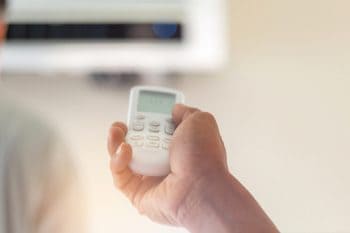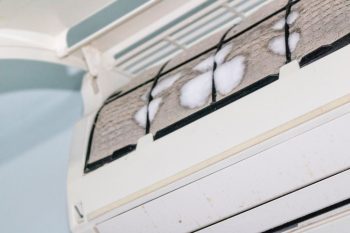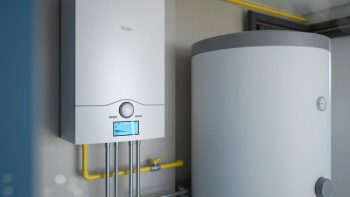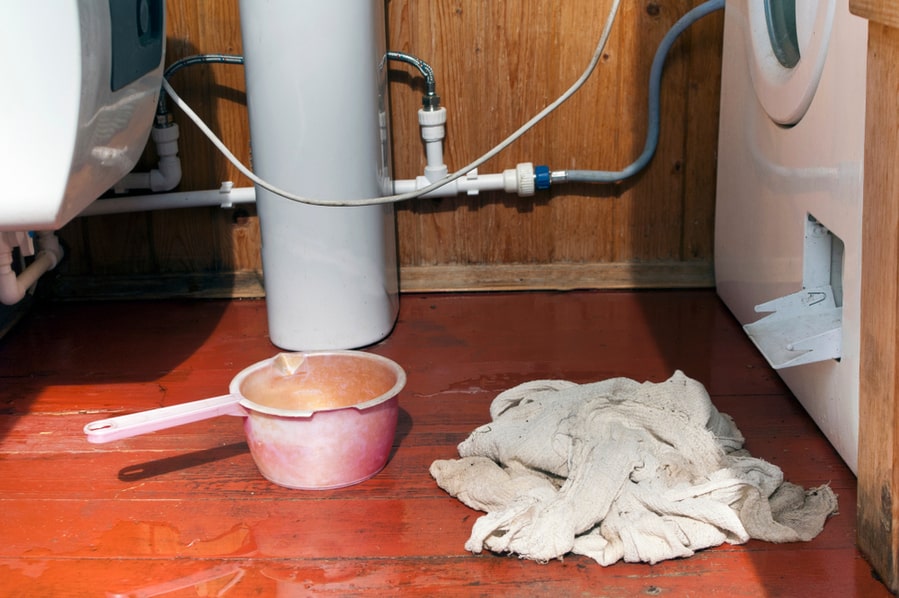
Your water heater can work for several years without any problem, then suddenly, without any warning, it fails and floods your home. The average lifespan of a water heater is ten years.
However, you should check it from time to time for leaks because if they go unnoticed, they can lead to costly repairs and damage to various components at home.
It is more likely for a water heater to fail as it gets old. Therefore, always repair your water heater after its expiry date provided by the manufacturers, even if it is still working well.
Otherwise, it can lead to flooding, which poses a great risk to you and your appliances.
An old or malfunctioning water heater can easily cause leakages, eventually flooding your house.
Knowing how to respond to floods in your house in case of leaks or flooding is essential.
The three major causes of water heater flooding are:
- Thermostat malfunctioning.
- Too old water heater.
- Corrosion and rusting.
You should follow six steps to tackle water heater flooding in your house. Flooding has several effects, such as damaging properties, hurting people, and creating a conducive environment for mold growth.
In case of floods, you need to do three things:
- Draining the water heater tank.
- Draining all other pipes in the house.
- Replacing the entire system after floods.
3 Causes of Water Heater Flooding
These causes include:
1. Thermostat Malfunctions
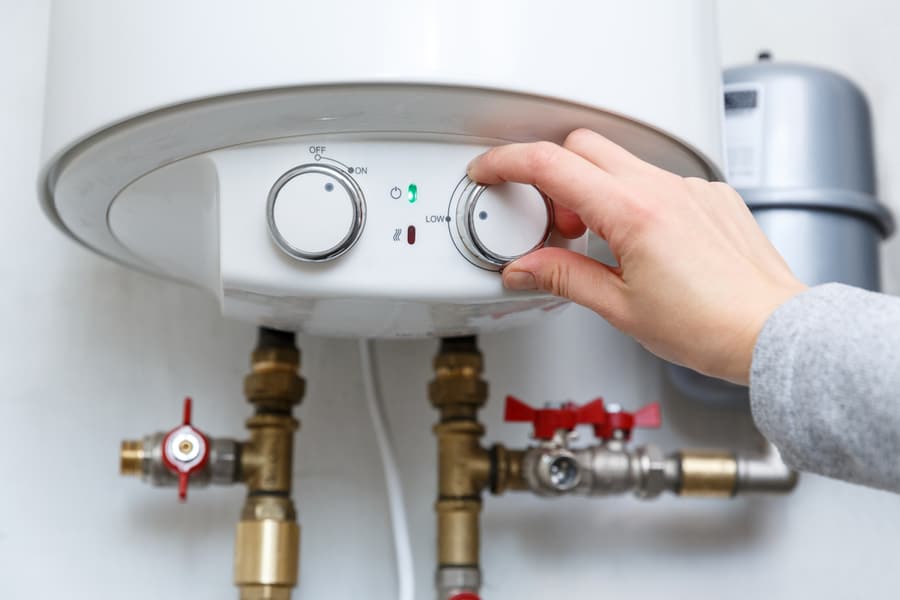
A malfunctioning thermostat is a common cause of water heater bursts. The component measures heat levels in the water tank and suggests when to turn on or shut off all heating appliances for the desired temperatures.
If this apparatus is malfunctioning or broken, it shows inaccurate information, and you never know whether the water in the tank is cold or hot. The water tank can explode if heating elements, such as the water heater, remain on, causing the tank to boil.
As the water boils, hot steam forms inside the tank building internal pressure. When this pressure becomes too much, the tank can no longer hold it, causing bursts that result in flooding.
2. Life Span
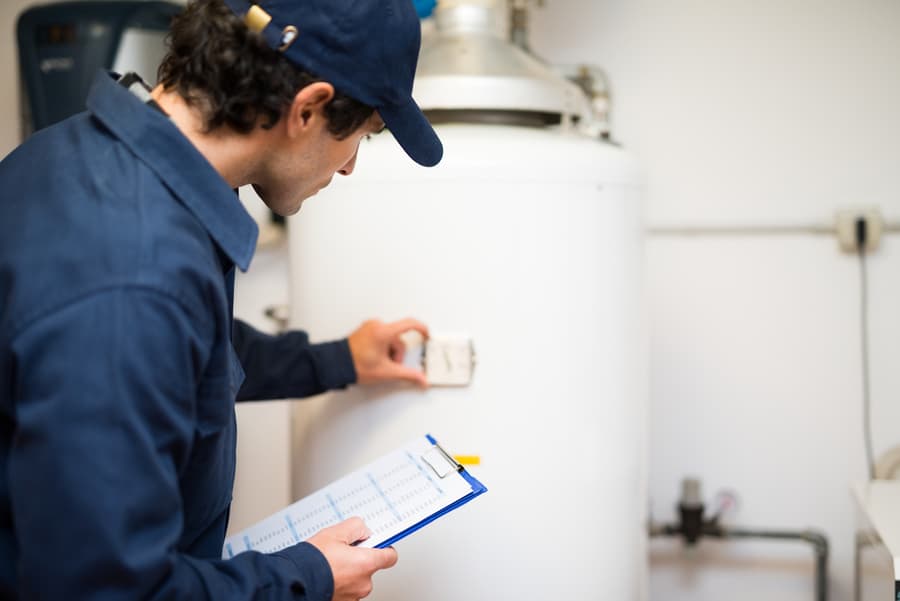
The old age of the water heater tank can cause leaks and flooding. In addition, old tanks with worn-out seals, rust, or gaskets pose a risk of water damage. Old tanks can also explode or burst, which is extremely dangerous.
If leaks go unnoticed for a few days, they can flood large portions of your house.
3. Corrosion and Rust

Leaks can result in flooding, mainly caused by damaged, corroded, or rusted tank fittings. The gaps allow water to flow, but the effect is not massive, like tank bursts.
You should check for these defects and work on them as fast as possible to prevent the destruction of your properties and the health of the people living there, including yourself.
Seek professional help to take the necessary steps and solve the problem.
6 Steps To Tackle Water Heater Flooding
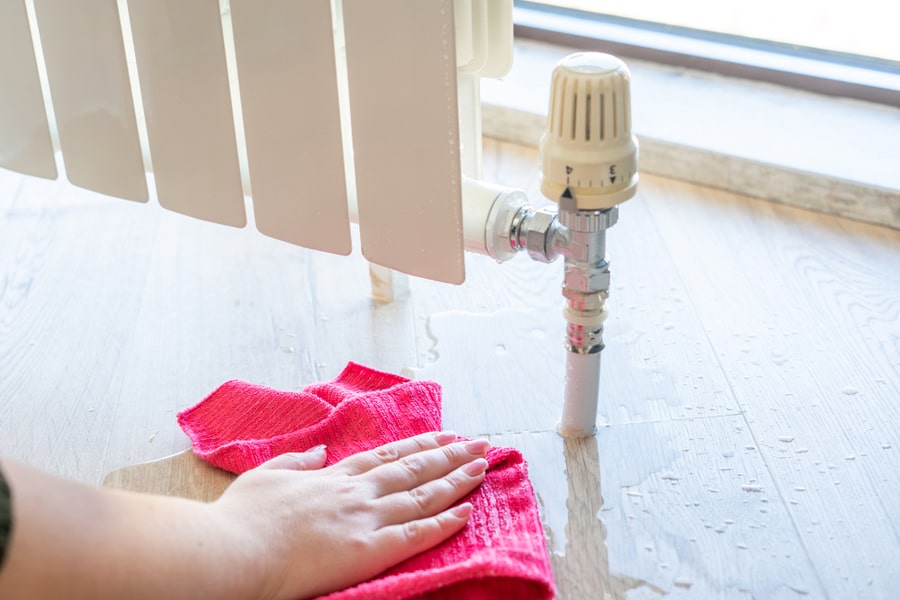
- Put dry towels on the ground and dry all wet areas.
- Open windows and doors and turn on fans to get air circulation in the house.
- Get a shop vac machine that sucks water from the floor.
- If there were carpets on the floor that flooded, pull them out. Do this very fast to prevent water from damaging bordering baseboards or drywall.
- Call your insurance company to come and check what they can cover regarding flooding damage.
- Call a water mitigation company to help extract all the water and ensure all areas are dry.
Effects of Water Heater Flooding

The cost of replacing a water heater is cheaper than repairing an old one which can result in flooding that can damage your floor, walls, and even furniture.
Even after taking all the precautions, the worst can still happen, and you wake up one day and find your basement-dwelling water heater flooding.
It is challenging to stop water flow by turning off the water flow through the water heater. You have to rotate the handle on the water valve until the water stops flowing.
If the water heater valve is broken and continues to flow, you must turn off the main water valve at your home. After that, turn off the electricity or the gas, depending on your water heater type.
If you use a gas-powered water heater, you must turn it off by twisting the dial at the thermostat, but for an electric water heater, you must switch off the circuit breaker.
The water and electricity combination is very dangerous. Water getting close to wall sockets or electric appliances poses an electric shock risk through the charged water. Ensure you turn off the breakers before touching the water heater or the water.
Once you turn off the water and power, you can address the water. When the water heater floods, hot water pours out, damaging appliances and objects or even hurting you.
Standing water can cause rusting of metallic objects, and even after clearing, some may remain in unseen pockets weakening materials like wood.
3 Things To Do When Flood Occurs
These things include:
1. Drain the Water Heater Tank
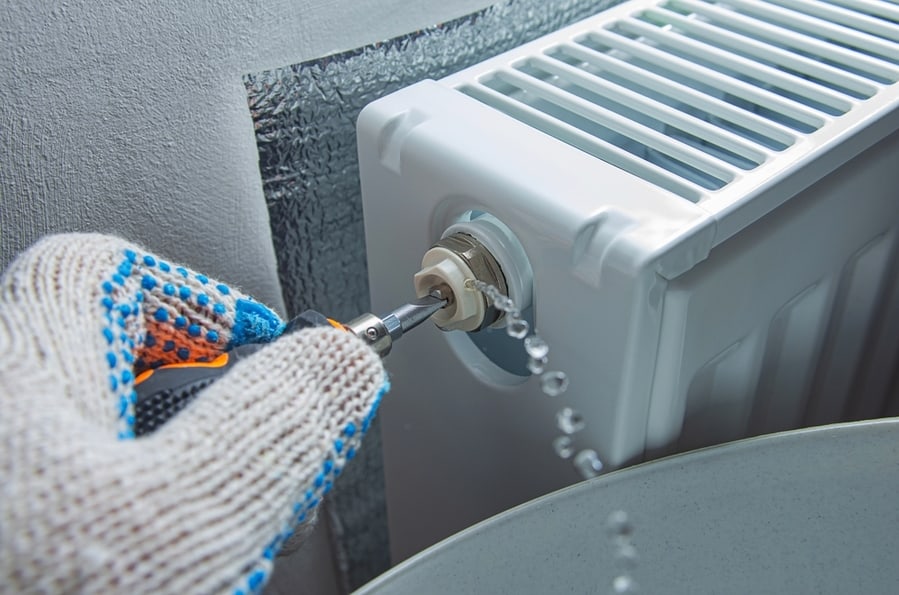
Even when the water heater is off, water cannot stop leaking. This is because the pressure in your water heater tank causes the water to leak.
It would be best if you shut off the supply of your water heater. Then, you can use a hose pipe to drain the water in the tank through the sinks or use buckets if you do not have any sinks nearby, although it will take a lot of time.
Open the pressure and temperature valve on the water heater to speed up the process because air will flow, making the process easier.
2. Drain Hot Water From All Other Pipes in the House

When the water heater drains, it indicates water in all other pipes in your house. Therefore, as you drain the water heater tank, ensure you turn on all other hot water faucets at your home, including bathroom sinks, showers, and kitchen sinks.
3. Replace the Water Heater After Flooding

If flooding occurs from the water heater tank, you must replace the entire system.
Conclusion
Your water heater can serve you for a very long without any problem, but one day it malfunctions, start leaking, and eventually cause flooding without any warning.
You need to know how to handle floods in case they happen. Flooding can harm and destroy your objects, such as appliances and furniture. Also, it creates a conducive environment for mold spores to grow within a day.
There are several causes of flooding, but the major ones are too old a water heater, thermostat malfunction, corrosion, and rust.
You should check your water heater system as often as possible to see if it needs repair or replacement. It would be best if you always planned on replacing your water heater two years before its expiry date provided by the manufacturer.
When flooding occurs, ensure you follow all the six steps provided, and your life will return to normal.


